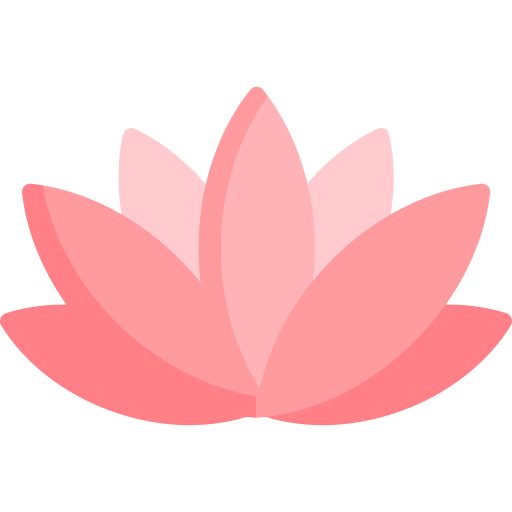
Beyond the mind, there is only Wholeness that cannot be divided. There, the experience, the experiencer, and the experienced do not exist
– Santosh Sachdeva


Beyond the mind, there is only Wholeness that cannot be divided. There, the experience, the experiencer, and the experienced do not exist.
– Santosh Sachdeva


Santosh Sachdeva

Illustrations
Santosh Sachdeva’s awakening has been unique from the perspective that she was taken through her entire journey with visions that surfaced within her mind’s eye during her daily meditations. These visions were illustrated by her and depict the several phases the human body and mind go through in the process of awakening. Some of the illustrations are available as prints.

Shower Of Gold




Enhance your Potential with a
set of Powerful Breathing Exercises
The Eight Spiritual Breaths
- Improve memory retention
- Enhance creative potential
- Increase states of calmness
- Revitalise health and energy levels
- Attain your personal goals

Appreciation
“The dream-like visions presented by Santosh Sachdeva are very good, and they represent the blessings of the Masters to this generation. Tapasvis like Mahavatar Babaji, who have been engaged in ascetic practices for hundreds of years in the mountains in India, can thus enlighten any jiva. Yet there are hundreds of thousands of beings to choose from, and at least thousands of Sadhus who can be so blessed. The reason for her being singled out for this honour is that she too has been a part of the stream of Sadhus life afterlife, and this is the culmination of her own Punya karma involving hundreds of years of Sadhana. Every single atom of her body has become receptive to the teachings of the Masters, and this book is the result. This is the rarest of rare occurrences, a Mahadurlabh yoga in the physical world. I suggest, therefore, that she diligently continues this practice to illustrate the workings of the Kundalini.”
Param Pujya Swami Gagangirinath Maharaj
Gagangiri Yogashram, Khopoli, Maharashtra
